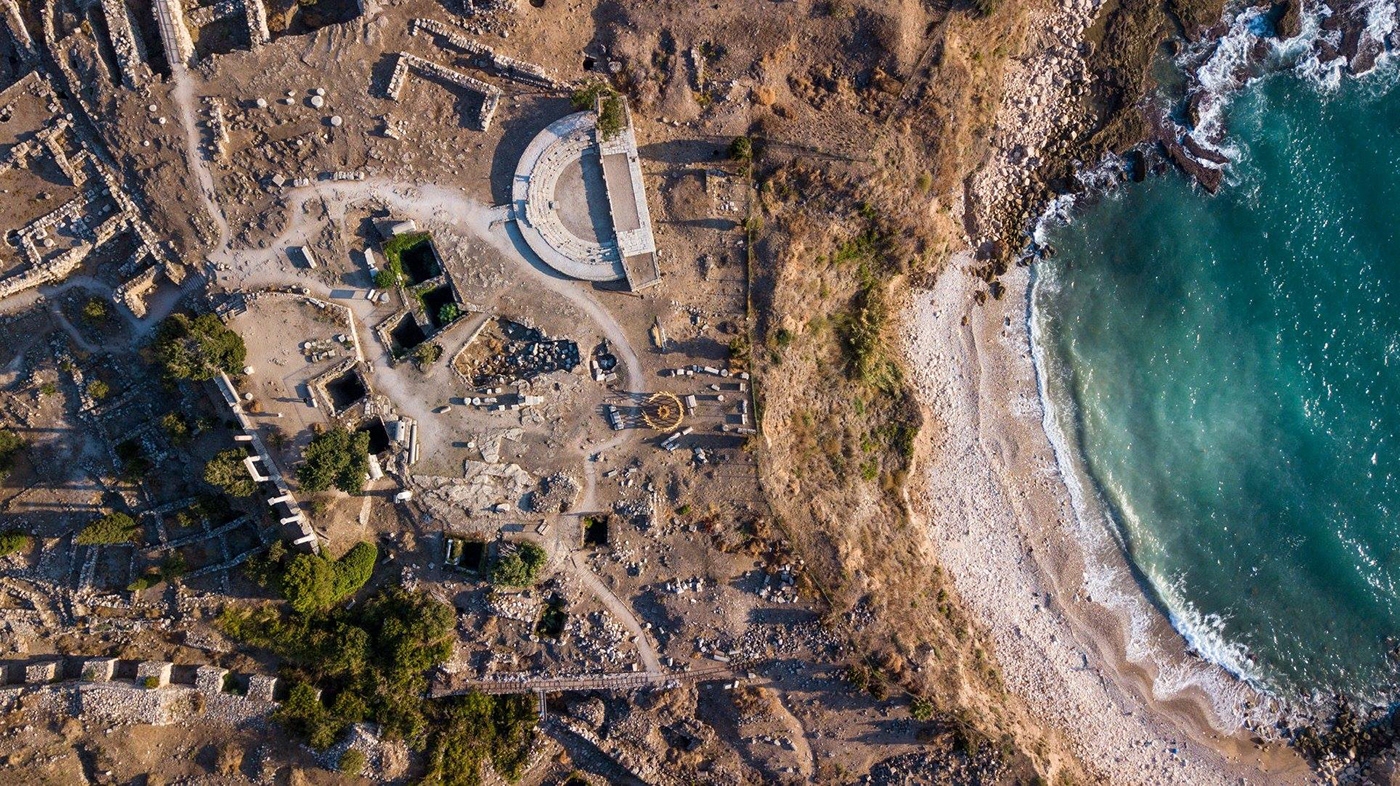Alphabet Pavilion
in Byblos, Lebanon
2018
tutor:
Martin Shopski (Bulgaria)
participants:
Clara Viñuales (Spain)
Dmitriy Ilin (Russia)
Elena Comeras (Spain)
Mar Fernández (Spain)
Olga Stefanova (Bulgaria)
Sophie Hobbs (UK)
Vanessa Chamlian (Lebanon)
Vivek Bassi (India)
team:
Maria Bassil (Lebanon)
Pamela Fares (Lebanon)
goal:
The participants in the project were given the opportunity to gain knowledge on basic theory of structures, enhance their woodworking skills and get to know some aspects of Lebanese history and traditions. The pavilion itself is dedicated to two main components. A tribute is paid to the people who inhabited Byblos 4000 years ago and how they contributed to the way our world looks like today. In a present point of view, the structure holds an exhibition of letters from alphabets all around the globe, showing their diversity but also what they have in common.
location:
The Alphabet Pavilion and its construction site are both physically and semantically connected. The structure is placed in the Byblos Citadel, just next to the Royal Tombs. This necropolis dates to the second millennium B.C. and contains nine underground tombs of the Byblos kings. The most important one is that of King Ahiram, whose sarcophagus bears an inscription considered to be the earliest known example of the fully developed Phoenician alphabet. This sarcophagus is currently located in the National Museum of Beirut and placing the Alphabet Pavilion in the necropolis in Byblos is a contemporary approach to highlight the importance of the place.
project:
The first thing to catch one’s eye is the structure. Resting quietly among millennia-old rocks and overlooking the Mediterranean, the pavilion can be easily recognised as a new intervention, but still remains in harmony with the surrounding landscape.
Geometrically the inner structure and the outer ring are both one-sheet hyperboloids with negative Gaussian curvature, executed by using straight elements with a circular cross section, forming a diagrid. The structure is light, strong, has high stiffness, good load sharing and most importantly is more or less visually transparent - it doesn’t block one’s view. The building materials make reference to the people who inhabited the Citadel thousands of years ago. Utilizing timber and ropes in an area between the coast and the sea alludes to sailing and seeks to convey the importance of the role the Phoenicians played in civilization. Combining their fully phonemic writing system (the Phoenician alphabet) alongside with papyrus (βύβλος, byblos in Greek) and prosperous sea trade, the Phoenicians made a serious impact on the societies in the Mediterranean world, thus allowing history, science, philosophy, literature and knowledge in general to be recorded, spread and shared.
Figuratively the Phoenician alphabet gave birth to most modern alphabets. With time they have evolved and diversified. In a 21st century perspective the Alphabet Pavilion collects examples of different alphabets from around the world and exhibits them on the place where it all began thousands of years ago.
The participants spent some time on getting to know the specifics of different languages and writing systems. Then after talks and discussions with people on the city streets and in the MEDS workspace a collection of letters representing the diversity of alphabets was made. These letters were inscribed on pieces of wooden planks and attached to the outer structure of the pavilion.
In its symbolic meaning the Alphabet Pavilion is a walkway of global awareness. You enter the pavilion from an ancient citadel (past). The inner lattice timber structure represents the core, the beginning, the Phoenician alphabet. The outer structure sets the boundaries - Earth allegorically. Just like the Phoenician alphabet has spread around the globe, evolved and diversified, here the Phoenician script (represented by the inner structure) figuratively spreads out to the walls of the outer ring where you find the collection of letters from different alphabets. Walking around you see the beauty of these scripts and realize how diverse they all are. The inner core (the beginning) and the outer structure (Earth) however are just a step away and remind you that this variety has one origin and belongs to one world – our world. On the way out your eyes slide away from the Citadel and set on the city of Byblos, which in its unique manner still manages to incorporate a wide diversity of people, religions and cultures living together. The message to the future is that by getting to know the past, the things that unite us, by preserving our identity but yet feeling ourselves part of the global world, we can lay good foundations for better days to come. And we have a perfect example just in front of our very eyes.
©
Jan von der Heyde
Vladimir Georgiev
Pamela Fares
Bhumit Shah
Rami Bassil
Deniz Can
Jaidev Venkata
and others
|
Photos























































































